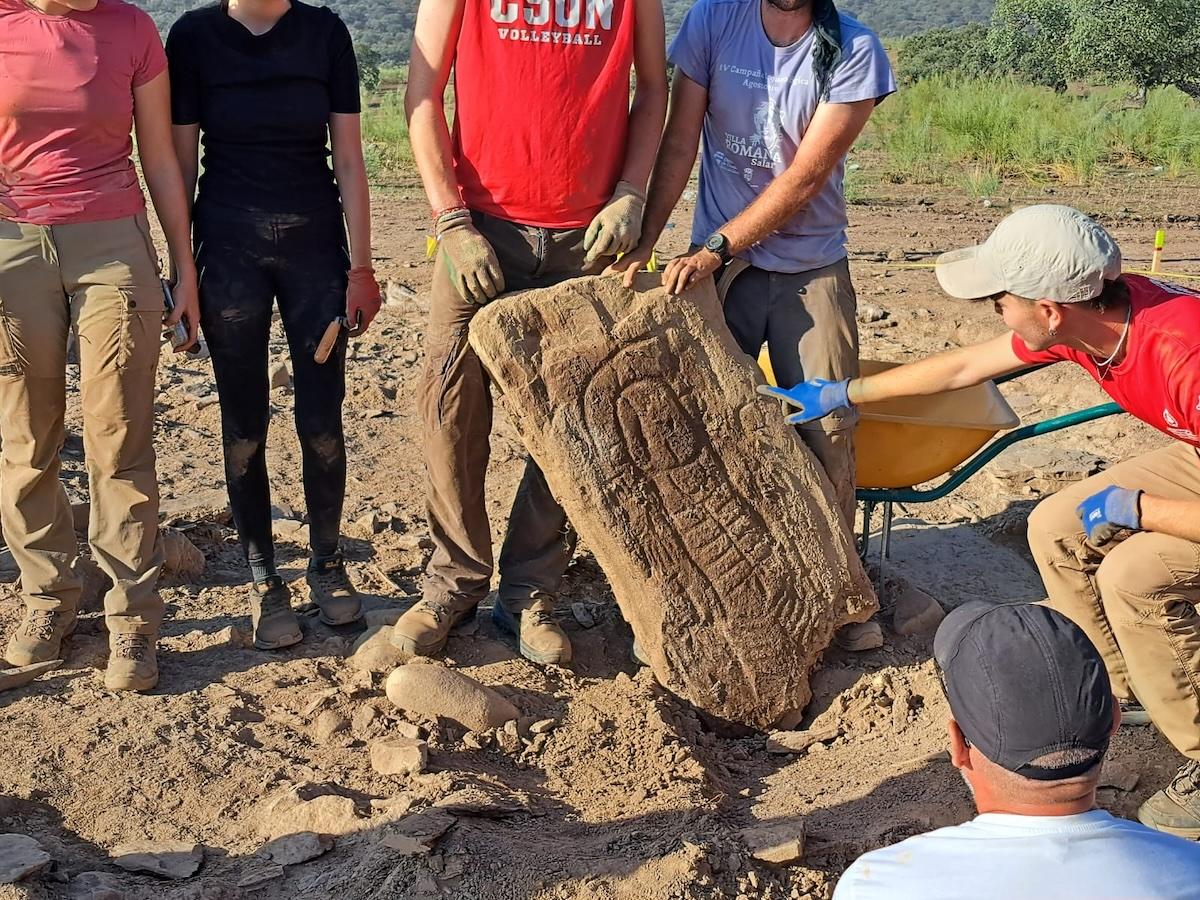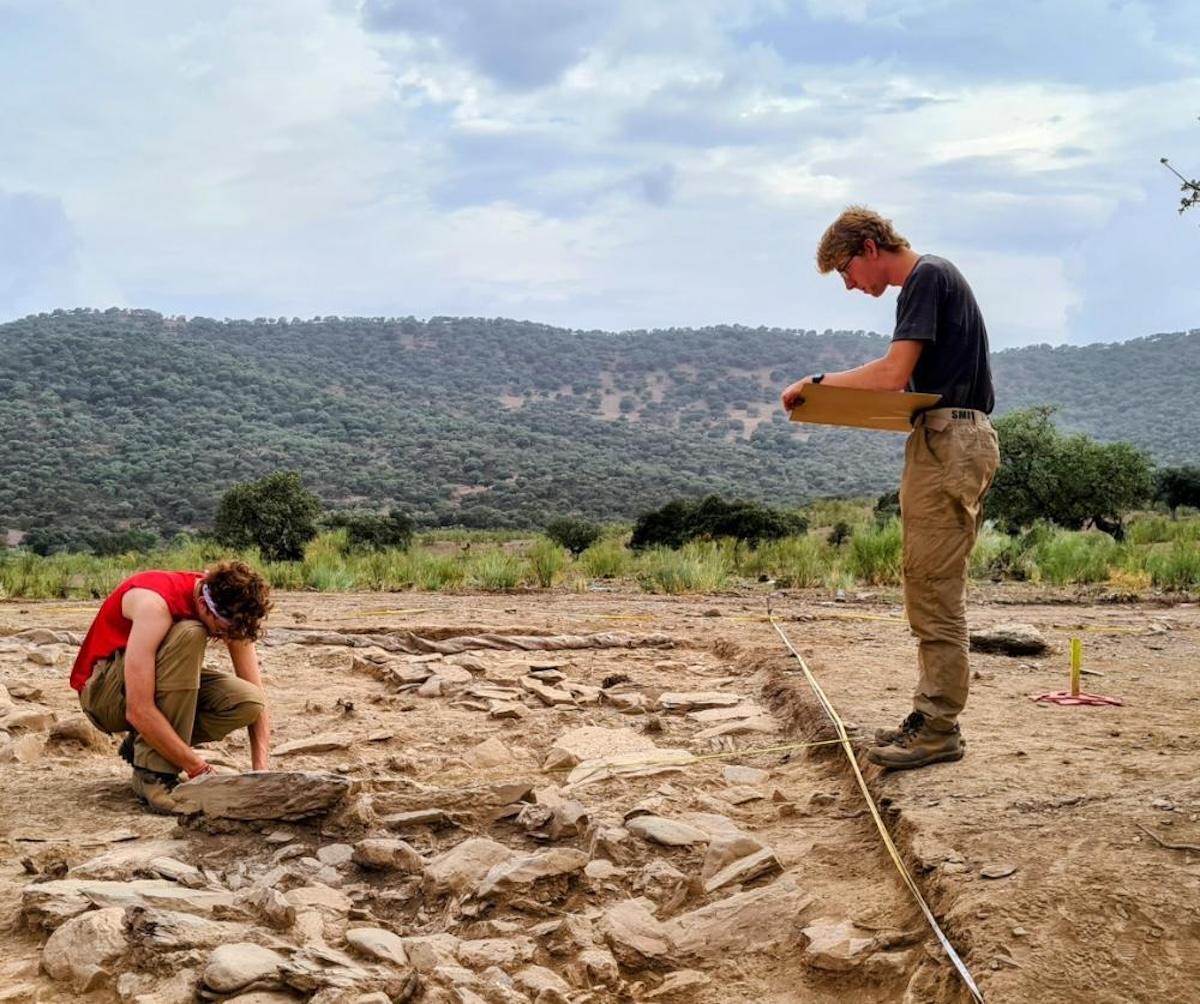In a statement by the field team, which was headed by Dr. Marta Diaz-Guardamino of Durham University in England, they said that this new stela “demonstrates that these social roles were not restricted to a specific gender, but could be associated with different genders.”
This is the third decorated stela found at this site and the second one found in its intended context in a funerary complex. The finding of another stela in this complex is especially important for researchers because, despite over 120 years of research, these findings are few and far between, oftentimes discovered by agricultural workers out of context.
Finding this stela in the funerary complex, alongside the other two stelae found at the site further confirms that the late prehistoric Iberian people used stelae as funerary monuments within mortuary sites. This finding could also shed light on the process and funerary ritual of stelae-making in Late Bronze Age and Early Iron Age Iberia.
Las Capellanías is located between two main river basins, which also adds to the importance of these stelae. The Durham team calls these rivers “highways”, as during late prehistoric times, these pathways were key communication tracks for different groups of people. By situating a funerary complex in such an important area, this complex became a territorial marker and a funerary monument.
























![DEl Kathryn Barton [Australian b. 1972] the more than human love , 2025 Acrylic on French linen 78 3/4 x 137 3/4 inches 200 x 350 cm Framed dimensions: 79 7/8 x 139 inches 203 x 353 cm](/sites/default/files/styles/image_5_column/public/ab15211bartonthe-more-human-lovelg.jpg?itok=wW_Qrve3)



